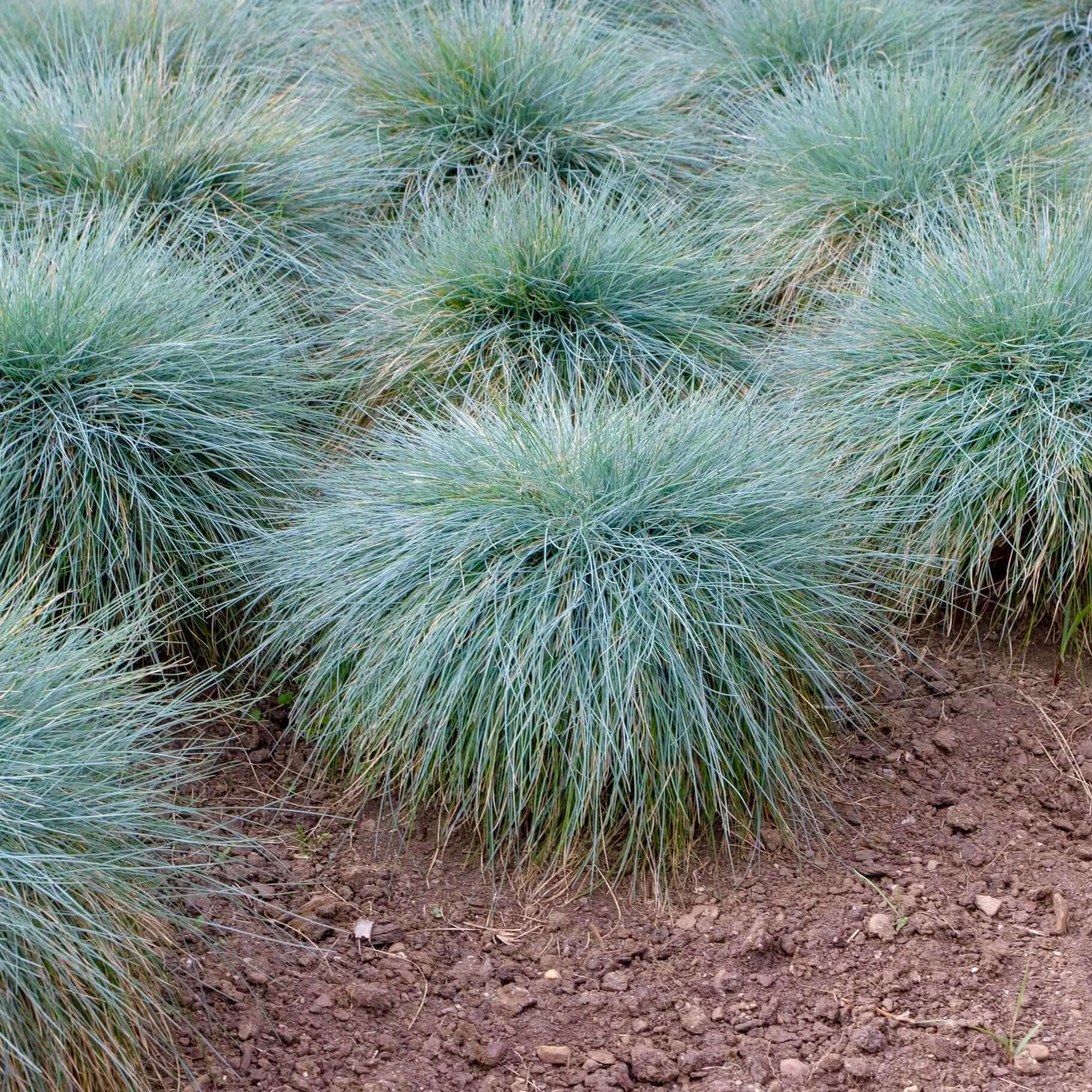
The Beauty of Fescue Grass Plant
Introduction
Fescue grass is a species of grass that is commonly used in residential and commercial lawns due to its ability to thrive in a variety of climates and soil types. This versatile grass plant is known for its lush green appearance and low maintenance requirements, making it a popular choice for homeowners and landscapers alike.
Characteristics of Fescue Grass
Fescue grass is a cool-season grass that is well-suited for regions with moderate temperatures and consistent rainfall. It has a fine texture and a deep green color, giving it a visually appealing appearance. Fescue grass is also known for its ability to form dense, thick mats of turf that can withstand heavy foot traffic and resist weeds and pests.
Types of Fescue Grass
There are several different varieties of fescue grass, each with its own unique characteristics and growth habits. Some common types of fescue grass include tall fescue, fine fescue, and creeping red fescue. Tall fescue is known for its deep roots and drought tolerance, while fine fescue is prized for its fine texture and shade tolerance. Creeping red fescue is a low-growing variety that is often used in golf course fairways and other high-traffic areas.
Benefits of Fescue Grass
One of the main benefits of fescue grass is its low maintenance requirements. Fescue grass requires less water and fertilizer than other types of grass, making it a cost-effective and environmentally friendly choice for homeowners. Additionally, fescue grass is highly adaptable and can thrive in a wide range of soil types and pH levels, making it a versatile option for landscaping projects.
Planting and Care Tips for Fescue Grass
To ensure the success of your fescue grass lawn, it is important to follow a few key planting and care tips. Fescue grass should be planted in the fall or spring, when temperatures are moderate and rainfall is plentiful. Before planting, prepare the soil by removing any weeds or debris and adding a layer of compost or fertilizer to promote healthy growth. Water your fescue grass regularly, especially during hot, dry periods, and mow it to a height of 2-3 inches to encourage dense, healthy growth.
Common Problems with Fescue Grass
While fescue grass is generally easy to care for, there are a few common problems that can affect its health and appearance. One of the most common issues with fescue grass is brown patch disease, which is caused by a fungus that thrives in warm, humid conditions. To prevent brown patch disease, avoid overwatering your fescue grass and improve air circulation by mowing it regularly. Other common problems with fescue grass include crabgrass invasion, insect infestations, and nutrient deficiencies.
FAQs
Q: How often should I water my fescue grass?
A: Fescue grass should be watered deeply and infrequently, typically once or twice a week depending on rainfall and soil conditions.
Q: Can fescue grass be grown in shady areas?
A: Yes, fine fescue varieties are well-suited for shady areas and can thrive with minimal sunlight.
Q: How can I prevent weeds from invading my fescue grass lawn?
A: To prevent weeds, apply a pre-emergent herbicide in the spring and maintain a healthy, dense turf by mowing regularly and fertilizing as needed.
Conclusion
In conclusion, fescue grass is a versatile and low-maintenance option for residential and commercial lawns. With its lush green appearance, dense growth habit, and ability to thrive in a variety of conditions, fescue grass is a popular choice for homeowners and landscapers looking to create a beautiful and sustainable landscape. By following a few key planting and care tips, you can enjoy a healthy and vibrant fescue grass lawn for years to come.